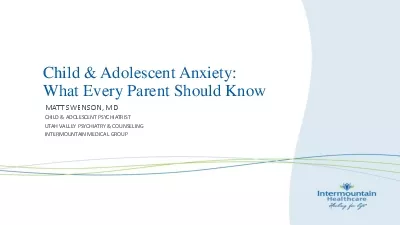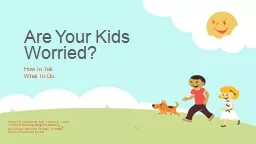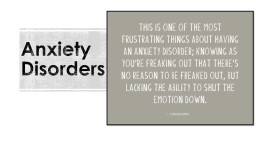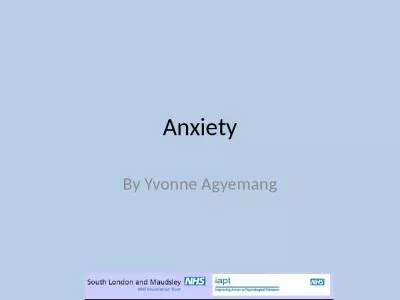PPT-Aims of session Look at what anxiety/worry is
Author : SchoolDaze | Published Date : 2022-08-02
How worry affects you Discuss techniques that can be used to help reducecontrol anxietyworries Exam stress Exam stress is a feeling of pressure that many young
Presentation Embed Code
Download Presentation
Download Presentation The PPT/PDF document "Aims of session Look at what anxiety/wor..." is the property of its rightful owner. Permission is granted to download and print the materials on this website for personal, non-commercial use only, and to display it on your personal computer provided you do not modify the materials and that you retain all copyright notices contained in the materials. By downloading content from our website, you accept the terms of this agreement.
Aims of session Look at what anxiety/worry is: Transcript
Download Rules Of Document
"Aims of session Look at what anxiety/worry is"The content belongs to its owner. You may download and print it for personal use, without modification, and keep all copyright notices. By downloading, you agree to these terms.
Related Documents

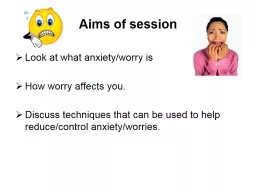
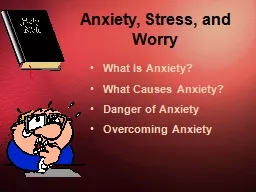




![[22] Then Jesus said to his disciples:](https://thumbs.docslides.com/584870/22-then-jesus-said-to-his-disciples-therefore-i-tell-yo.jpg)



